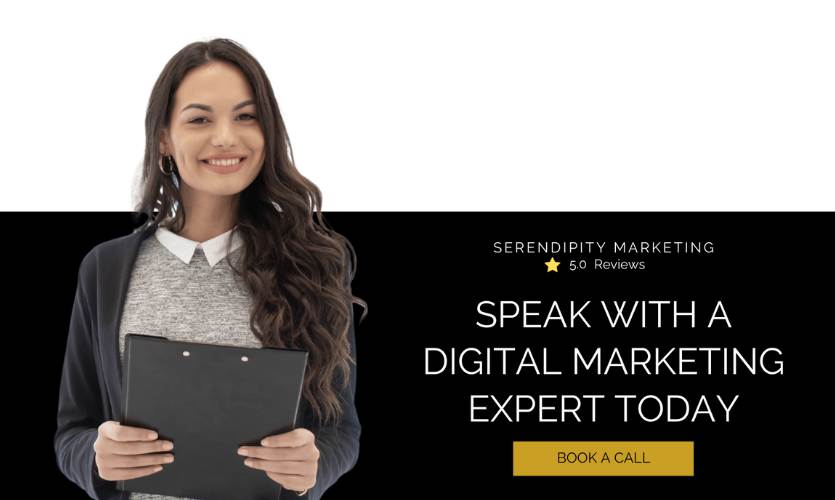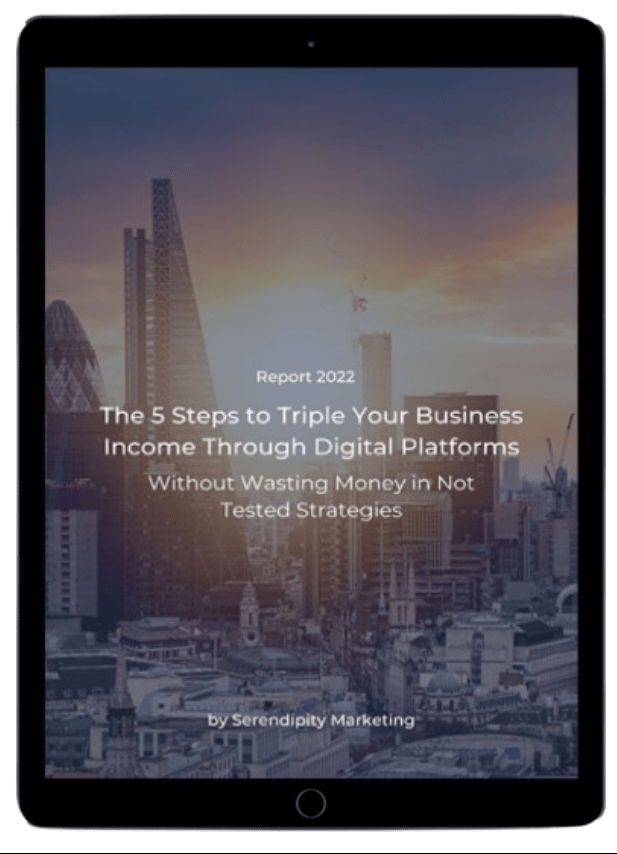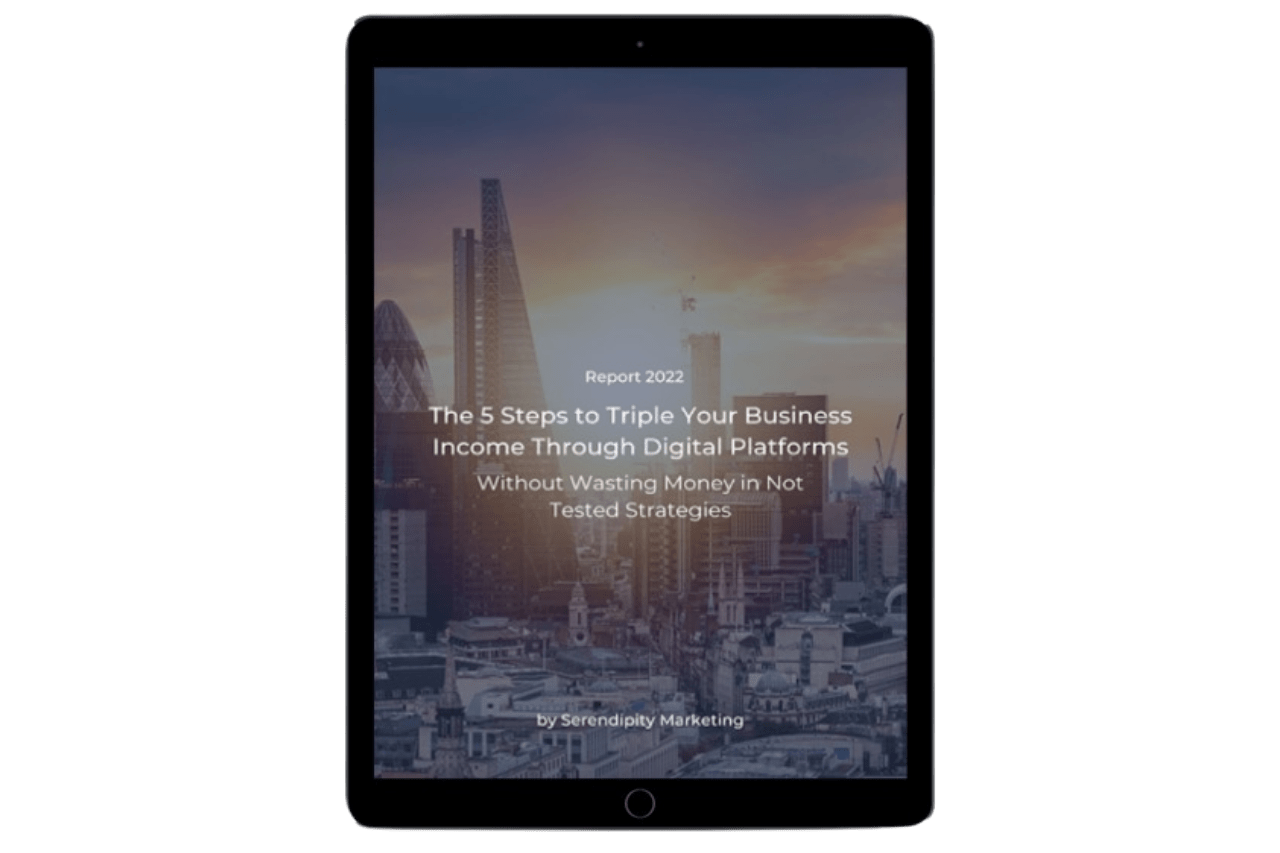When it comes to conquering and retaining customers, there are only a few more effective formulas than the use of a strategy in an email marketing campaign.
Marketing channels such as social networks are very popular due to their level of penetration among the population, but they do not offer the same possibilities when it comes to creating and strengthening relationships with existing and potential customers.
Email allows you to send personal messages massively and, in addition, it allows you to do it at the moment when it really matters.
That is, reaching our contacts with the right message at the right time!
When someone signs up for a service, an email can guide them through those first steps. If someone buys a product, an email is the best way to offer them the possibility of repeating the purchase or giving their opinion.
Sometimes traditional marketing campaigns fall short when it comes to reinforcing that customer relationship throughout their life cycle. To go even further, we have email automation.
Email automation allows you to send predetermined series of emails to your contacts based on the actions you would like or expect them to carry out. They can also be related to actions that have already been performed. These workflows are also known as “drip campaigns”.
One of those factors that your automated email strategy depends on, or should depend on, is the life cycle of your customers. Another is your sales funnel. So, basically, it’s about what point in the relationship with your brand your user is at and where do you want to take them.
Customer lifecycle and sales funnel
The customer life cycle and the sales funnel go hand in hand. Depending on the type of business, there may be differences in the scheme, but the essence always remains the same.
When the user makes contact with the brand, they go through phases of discovery and evaluation, in which they evaluate the offer and also compare the product or service with the competitors’, what they already know, and their own needs.
Only afterwards, they will make the decision to buy (or not to buy).
At this point, the eventual conversion is something that you must work to convert into loyalty and retention to ensure that your customer’s life cycle does not end there.
In fact, the goal is to remain in their memory when they have again a need that your services or products can solve, and also that they recommend your business and make you known to other potential clients.
Throughout all these phases, email can help you guide and lead your users, providing the information they need to make decisions, and also go one step further and create a true relationship between the client and the brand.
Discovery: the beginning of the relationship
The first step in the customer lifecycle is discovery. At this point, the potential customer will have heard of your brand, but still won’t fully understand your product or service. In this stage, the key is to try to attract new visitors to your website through a newsletter or email strategy, encouraging them to subscribe to receive tips, offers, or some special gift (such as a white paper, a guide, etc.).
Once you have their emails, it is time to break the ice and bring that new user closer to your product or service, so that they can begin to evaluate to what extent the answer to their needs may be.
Every time you get a new subscriber, make sure you send them a series of welcome emails that includes:
- An attractive subject line.
- A personalised welcome.
- An introduction to your product, brand or service, and its benefits.
- Testimonials or user-generated content (UGC) that adds credibility.
- A call to action
- An idea of what to expect in the next emails.
The welcome email can be a specific message or it can be a series composed of several, which are sent within a few days between them. For example, you could send a welcome email with the offer or gift that you promised to your users in exchange for their addresses in the first email, and then send a tutorial email that teaches your new contacts the virtues of your product and service.
A third email could include testimonials and user-generated content, encouraging your new customers to tell their friends about you. This could be encouraged with a specially designed discount code.
Evaluation: mutual knowledge
If your users are still with you after a certain time, it is time to send them emails to improve their knowledge and understanding of your product or service. It can include, for example, case studies, blog articles with applicable advice, guides …
Any of these resources will be useful to make sure that not only your potential client remembers you, but that they are also gradually building on your offer and the benefits that your company can bring them.
The frequency of sending will depend on the nature of your contact list, and sometimes you will need to do tests alternating the days or hours that you send your emails, to ensure that you achieve the best interaction.
For some, it may be that the best is a couple of emails per week, while for others, the key is in a newsletter every two weeks.
Something that you must not forget is that, whether or not the user intends to purchase, the evaluation process is constant.
Every email they receive, every subject line, every piece of content … every one of the contacts you establish with your clients will give them information about you, so it is essential to take care of the details.
During this phase, it is especially important to work on strengthening that relationship with the customer. Personalised emails, carefully programmed, are details that are increasingly appreciated by consumers.
The series of welcome emails is the starting gun in this evaluation phase and the newsletters are a very effective tool, but they are not the only ones.
This is the case of automated campaigns such as abandoned search emails, which remind users of searches they have left halfway through and recommend products based on this interaction, which are increasingly successful.
How much should you invest in Digital Marketing?
How can you make sure your contacts don't get tired of you during this important phase?
The truth is that the key is in the value that your content shares. Once you have sent some emails, you will have more information to segment your list based on how users interact with your messages, how they relate to your product, or their contact properties.
Some companies focus on creating points of contact with their users when they sign up and during the trial period, but then forget to continue these efforts.
This is a mistake since, in many cases, potential customers need time to decide whether or not it is worth purchasing.
A great example is Shopify, which regularly sends emails in which they share the history of different web pages built in Shopify, tools to help you with your online sales, or useful articles from their resource centre, which they call the Business Encyclopaedia.
In this way, they ensure that their contacts do not forget the brand and that, if at any point they need to sell products online, the first platform that comes to mind will be them.
But even with an email strategy based on sharing useful information, it is common to notice streaks of less interaction in which your potential customers stop clicking on the articles you share or even stop opening your emails.
At this point, the key is creating the need to drive those leads to become actual customers. In these cases, offering solutions to real problems may be the ideal option. For example, in the following Simply Measured email, the sender contributes ideas to get around a real problem: how to convince your boss to let you go to that conference you have your eye on.
During the evaluation period, it is essential to add value and have a clear idea of what will be the path that will take your contact to the next phase of our sales funnel.
Conversion: strengthening the relationship
If you notice an increased number of clicks on the links in your emails or a greater interaction on certain pages of your website, you will know that your contacts are about to take the step towards conversion – as long as you are doing your follow-ups well.
Now it’s time to send emails that give them that little push they need. Whether it’s exclusive discounts, abandoned cart emails, recommendations based on recent searches… The possibilities are almost limitless.
Retention: prolongation of the relationship
Party! Your potential customer has finally become a real customer. The retention phase begins, in which the goal is for that customer to remain loyal to your brand and recommend you to friends and acquaintances.
The first step is a thank you email. Take the opportunity to ask them to share their opinion and evaluate your products or services. Then after some time, you can encourage your users to share user-generated content, such as photos or quotes, that will help you reach new customers.
User retention is a vital part of email marketing, and also of any company’s sales funnel. The purchase cannot be the end of the relationship, since it is likely that your client or someone around them will need your product or service in the future.
Some examples of useful campaigns for this phase are the automated series of repeat purchases (for when you know that it is time for your customer to purchase your product again), which encourage users to share emails or discount codes with acquaintances or those of upsell or cross-sell, which recommend premium products or complementary products that they can purchase.
Also, in this phase, you can segment your shipments even better, to send your contacts campaigns based, not only on the interaction and contact properties but also on their relationship with you, which are adjusted to their past purchases.
In conclusion
Email is a faithful tool when it comes to driving customers through the sales funnel and allows you to strengthen the relationship with users, regardless of what phase of the life cycle they are in.
Resources and tools that allow automation, segmentation, and personalisation will allow you to stand out in the inbox of contacts, to ensure that your emails are unique and unforgettable.
Internal linking
Improve the internal linking of your website. Not only with links from the content in the form of text but also through elements such as Breadcumbs or Breadcrumbs, which are very useful to rank the pages.
Other elements that can help you improve the interlinking of an online store are related products module, best sellers, news, etc.
How can you get a efficient emails automation and sales funnel optimisation?
Serendipity Marketing, as a leading email marketing agency UK, is specialised in creating high valuable emails with subject lines specifically designed to grab your target audience’s attention and make them want to open your email.
Our unique methodology mixes marketing strategies with psychology science, allowing us to uncover your ideal clients deeply hidden driving emotions and behavioural patterns, and to create email marketing UK campaigns that glue your audience and drive them through the sales funnel.
Stand out from the uniformity, grab your audience’s attention deeply in their heart, and drive them to become loyal clients.



